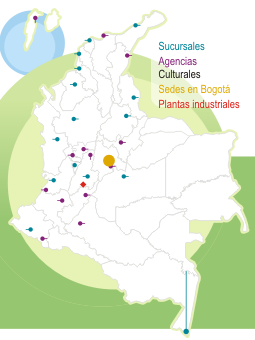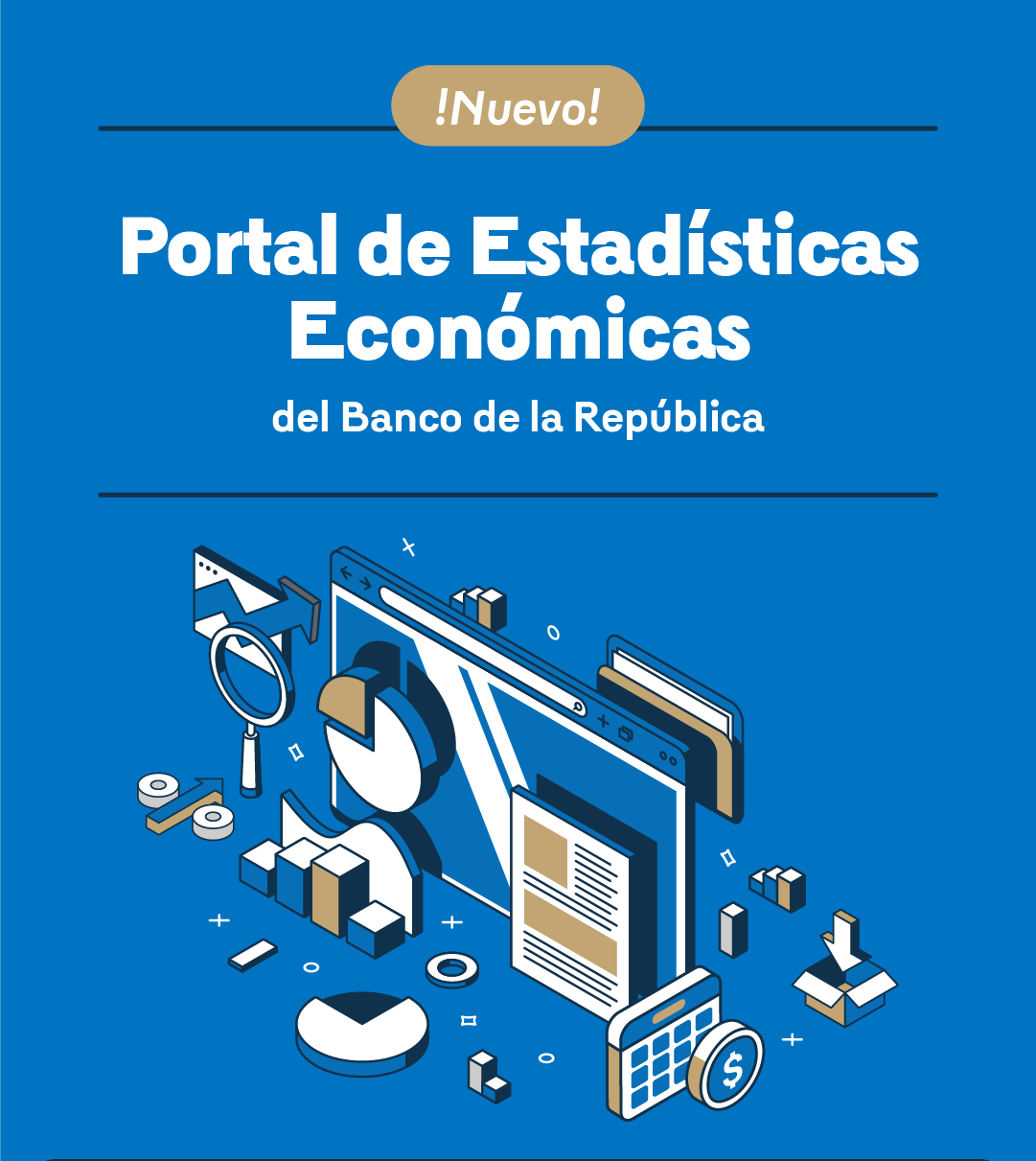Labor Market Reports – April 2023
Data from the household survey for the quarter moving average ending in February show that annual job growth is slowing, and its levels remain stable. Although employment increased by 3.6% on an annual basis, equivalent to 768,000 new jobs, it has remained relatively stable in recent months. In particular, rural employment halted the decline observed in the second half of 2022 and urban employment stopped growing. The salaried-workers segment leads the annual job creation, but its levels are similar compared to those of January, while the self-employment segment showed a slight upturn . Similar behavior is observed between formal and informal employment, which implied a slight increase in the informality rate to a level of 57.4%. This slowdown in salaried and formal employment can also be seen in other sources of information, such as dependent workers contributing to pensions, the occupational hazard information system, and the Colombian family compensation fund. Moreover, it is consistent with the relative stability of vacancies and recruitment expectations, which have slowed the deterioration observed during the last quarter of 2022. On the labor supply side, labor participation rates remain similar to those observed in recent months, which has reduced the upward pressure on the unemployment rate’s (UR) annual variation.
As for unemployment, the UR for the national aggregate stood at 11.0% in the quarter moving average ending in February, correcting the slight increases it had registered in recent months, mainly due to the decline in the rural UR. On average in 2023, national UR is expected to be between 9.8% and 12.2%, with 11.0% as the most likely figure, implying a time path with slight increases in UR over the course of 2023. This forecast, coupled with the recent performance of vacancy rates, suggests that while the labor market remains tight, this would tend to fade over the course of the year. Estimates of a non-accelerating inflation rate of unemployment (NAIRU) confirm this diagnosis, since, although the UR gap is still negative (-1.2 pp for the first quarter of 2023), it would close over the course of the year. Thus, inflationary pressures via wage costs produced from the dynamics of the labor market itself would be mitigated, although those coming from the regulatory field could persist, particularly due to wage adjustments equal to the minimum wage (MW). The latter pressures would not be negligible insofar as in 2022 a greater proportion of the total wage adjustments in the economy was determined by the increase in the MW, compared to what was observed before the pandemic.
As usual, this report is divided into two sections. The first section provides a detailed analysis of the labor market situation as described above. The second section describes some of the key points of the labor reform bill submitted by the Colombian Government on 16 March 2023 and provides a quantitative analysis of its implications. In particular, it estimates the increase on the average labor costs that the proposed changes would generate, taking as a reference the labor market in 2022. In addition, the potential impact of such changes on employment is estimated based on elasticities from specialized literature. The results indicate that, if the labor reform is approved as proposed, there would be increases in the average labor cost associated with both the wage component and severance pay in cases of unfair dismissals . For the first component, the increase in the average labor cost would range between 3.2% and 10.7%, and for the second, between 1.2% and 1.9%, resulting from a 92.0% increase in the average value of severance pay. In addition, these estimates show significant differences by sector and by firm size. The increase in wage costs would cut about 450,000 formal jobs over a three- to four-year horizon, while the increase in severance costs could have a negative impact over a longer horizon. These calculations do not consider the potential benefits for incumbent employees, which would be reflected in greater job stability or improved access to the social protection system. Thus, it is concluded that there are heterogeneous effects on the different actors and segments of the labor market, so cost quantifications and their implications, such as the one made here, are useful to compare the possible benefits of the proposed reform with its costs.
















































